DC Comics is trying something new. In the wake of their Rebirth initiative, the publisher has rapidly expanded its content to include diverse new imprints such as Young Animal, Wildstorm, Jinxworld, Wonder Comics, Black Label, Ink, and Zoom. As their lineup expands, it can be hard to figure out what to pick up each week. That’s what our team is here to help with, every Wednesday, with the DC Round-Up!
THIS WEEK: The Martian Manhunter is finally stepping out into the spotlight in his own series. Also, we’re dialing up some fun with the new Dial H book! Oh and some book hit #1,000.
Note: the reviews below contain spoilers. If you want a quick, spoiler-free buy/pass recommendation on the comics in question, check out the bottom of the article for our final verdict.
 Martian Manhunter #4
Martian Manhunter #4
Writer: Steve Orlando
Artist: Riley Rossmo
Colors: Ivan Plascencia
Letters: AndWorld Design
It is so nice to see Martian Manhunter with his own series. It really doesn’t happen very often. While the character has been around and active since the 1950’s, J’onn J’onzz typically plays the role of supporting character rather than headliner. By my count he’s had maybe about 60 issues ever with his name featured on the cover. Less than ten a decade…that’s pretty rough. For reference, Booster Gold and Plastic Man have had longer runs. Guy Gardner comes damn close.
Even given this dearth of spotlight, it’s strange that Martian Manhunter isn’t a more recognized character. He was a founding member of the Justice League, and is widely considered one of the ‘Big 7’ characters in the DCU (quick — name the other six!). He is often referred to as the ‘heart and soul’ of the Justice League, having been a member of almost every incarnation of that team since its inception. He faced Mageddon with the JLA, ate Chocos with the JLI, and turned off the lights on JL Detroit. He was killed in Final Crisis, had a funeral, and was resurrected in Blackest Night (with a major role in the subsequent Brightest Day). He watched John Stewart blow up a planet in Cosmic Odyssey, and later turned into a planet himself in the future setting of DC One Million. Oh, um, spoilers.
Dude’s been around is all I’m saying. So why don’t most of your friends know who he is? How did Cyborg get his roster spot in the movie? My theory is that he’s too much like Superman. There’s no denying the parallels. Alien, last survivor of his people, flight, super strength, heat vision (sorry, ‘Martian vision’), etc. Instead of being sent to Earth in a rocket, he was pulled here by a scientist’s teleportation experiment. Instead of being weakened by kryptonite, he becomes powerless around fire. But J’onn J’onzz is a very different character than Superman. And a good creative team knows how to make the Martian Manhunter shine.
This book has a very good creative team.
One of the great things about this book is the deep dive we get to take into the Martian culture. With so few starring roles, the Martian Manhunter’s origin story hasn’t had much time to breathe. We always knew his wife and daughter died from the great curse with the rest of the Martians, but here we get a large serving of flashbacks that show what family life was like for J’onn. M’yri’ah worked hard to fight the spread of the curse and K’hym was excited for her upcoming Chrysalis Day. When the two parents got some alone time at night, they would use their shapeshifting ability to meld their physical and mental bodies into one to consummate their love (can Superman do that?).
As a manhunter, J’onn has spent plenty of time in the slums and drug dens, chasing criminals. This past society on Mars had its share of corruption and greed, and each of three races — green, white, and gold — found ways to profit from it. The most brilliant decision the creative team made in this story was to allow that corruption to infect Martian Manhunter as well. In this telling, he isn’t just a regular cop trying to do good in a bad world. No, he is a practical man who is willing to abuse his position and intimidate the weak if it means protecting his loved ones. Being married to a telepath, he knows he cannot fully open his mind to his wife for fear that she will see the horrible things he has done in the name of family. J’onn’s fallibility is a bold story move that makes this book stand out as fresh and original.
Another thing that makes the book stand out is its mesmerizing visuals. The flashbacks of intimacy between J’onn and M’yri’ah are simply gorgeous, their two bodies slowly unraveling and embracing across the panels until they are fully entwined in a homogenous green embrace. The scenes set in the current day emulate a classic dotted printing technique which creates a textured, hard-boiled look befitting a grim detective story. The coloring is striking. Throughout the book, scenes are portrayed in a soft haze of violets, yellows, and blues. The art gets delightfully abstract in parts: two red splashes to indicate a police light, a spray of bright spittle leaping from the bad guy’s mouth. This is art that makes the eye want to linger.
This series features a headliner who, for far too long, has been two-dimensional. Now we finally feel the full weight of J’onn’s loss in four dimensions across time and space. His people, his family, fought against a disease that was an idea. And they failed. Martian Manhunter is brilliantly written as a character who can become invisible, change his shape, and read minds, but can’t seem to escape from his regrets. It’s gripping, it’s beautiful, and it totally works. It’s about time someone shined a light on J’onn.
Verdict: Buy
 Dial H for Hero #1
Dial H for Hero #1
Writer: Sam Humphries
Artist: Joe Quinones
Letterer: Dave Sharpe
The H Dial is back. I don’t know how or why it returned, but we rarely get much of a backstory on this thing, do we? The Dial typically just shows up in a cave or haunted house or something and we’re off to the races. Once it was a weird old phone booth on a city street. Whatever. We don’t really care, it’s not the type of book you nitpick. We’re not here for tight narrative structure or flawless continuity. We’re here for the Dial.
We know that somewhere in each issue, a character will pick up the device and dial H-E-R-O and something wild will happen. He could be suddenly transformed into The Slider, able to walk through walls. Or maybe she’ll be turned into Spinning Jenny, a heroine who can spin so fast she bends time. The dialer could become Enlarger Man, able to enlarge any object, or Tugboat, a hero who has tugboats for arms. Always a hero. Not always particularly useful at that moment. You spin the wheel and you get what you get.
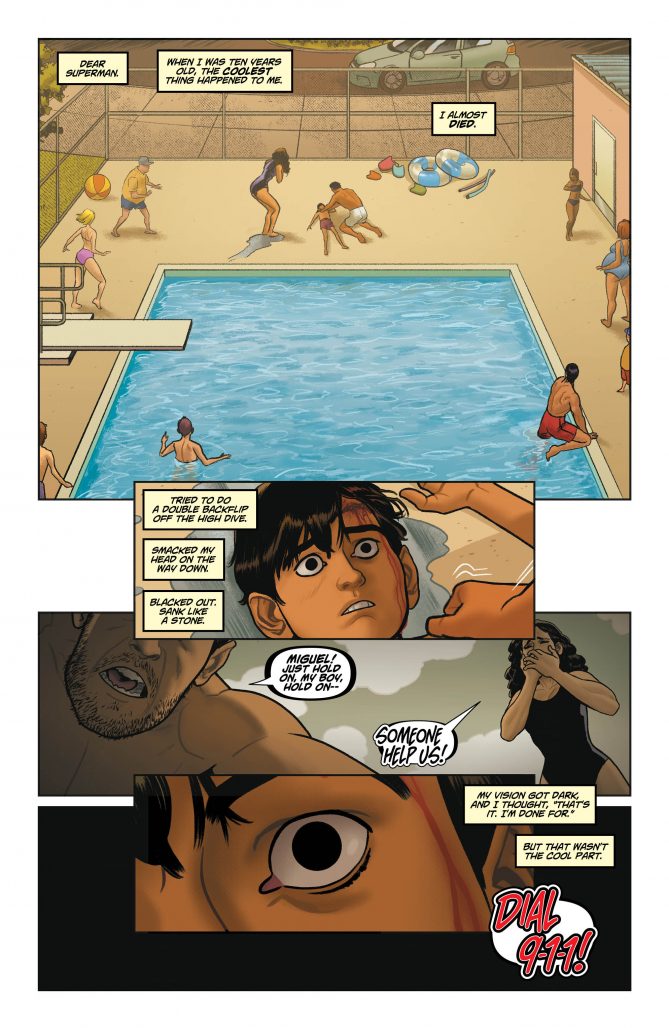
And that’s it, really. The fun of this book is seeing what kind of wacky superhero personas the creative team can come up with. Sure there’s a connective narrative to hold the story together. But just as I consider the tortilla chips in my nachos to be nothing more than a jalapeno delivery system, the story in Dial H for Hero has only one purpose, and it’s to serve us up more ridiculous heroes.
Okay, I kid (sorta). There’s got to be a reason to dial up these heroes, so the story’s pretty important. This new series is part of the Wonder Comics imprint, so it’s going to feature teenage protagonists. In this first issue we meet Miguel the thrill-seeker and Summer the runaway. They both want to be anywhere but home and they’re both looking for ways to escape the boredom of everyday life. Enter the Dial.
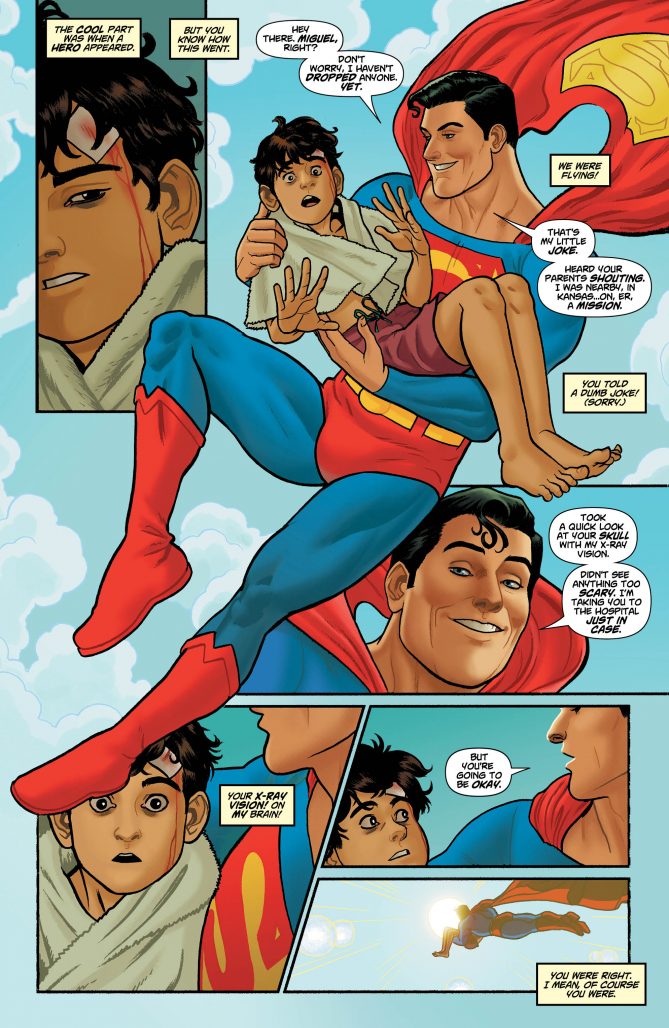
For getting me hooked on the plot (!) of a Dial H book, I’ll happily give this creative team my attention for a while. I’m excited to see what other ideas are hidden up their sleeves. The previous series gave us two fo my favorites: Cock-a-Hoop and Open-Window Man. Go ahead, surprise me. What are you guys about to dial up?
Verdict: Buy
 Round-Up
Round-Up
- In case you’ve been under a rock lately, Detective Comics hit #1,000 today. Landmark issues like this are difficult to review, since they tend to be such a mish-mash of different tributes and showcase multiple historical versions of the character. But it’s such a staggering achievement — more than a comic a month for EIGHTY YEARS. That’s worth celebrating for sure.
- There are literally dozens of creators that made Detective #1,000 happen, most of them beloved previous contributors to the Batman franchise. I’m going to cover just a few of my favorite parts from today’s issue, but like, go read it. Get your Bat-nostalgia on.
- It’s great to see Scott Snyder and Greg Capullo working on the Caped Crusader again. Their run redefined so many things about the history of Batman and Gotham City, and their short story here continues on that theme. It even has an oddball twist that honestly left me with more questions than answers. I can’t get enough. Someone please lock these two in a room and make them churn out Batman stories.
- I think my favorite story of the bunch is a classic Matches Malone undercover job by Kevin Smith & Jim Lee. The visual storytelling is brilliant. If you pay attention, the foreshadowing of the ending is echoed throughout the entire thing.
- Paul Dini story — check. Neal Adams artwork — check. Humanizing Denny O’Neil moment — *sniff* check.
- You don’t even realize how many different art styles have been applied to Batman over the years until you see all of this stuff in one place. Dustin Nguyen, Becky Cloonan, Kelley Jones, Doug Mahnke…this is an embarrassment of riches.
- Did Geoff Johns and Kelley Jones just kill Calendar Man?
- And as the cherry on top, Peter Tomasi introduces the next big Batman villain and sets up his continuing run. It looks like he’s planning to focus the series on exploring the unyielding violence of Batman’s methods against those who clearly have mental illnesses. I’m not sure I’m sold on the “Arkham Knight” as a headliner villain, but we’ll see.
- Here’s to another 1,000! Let’s meet back here in…the year 2100?
Miss any of our earlier reviews? Check out our full archive!


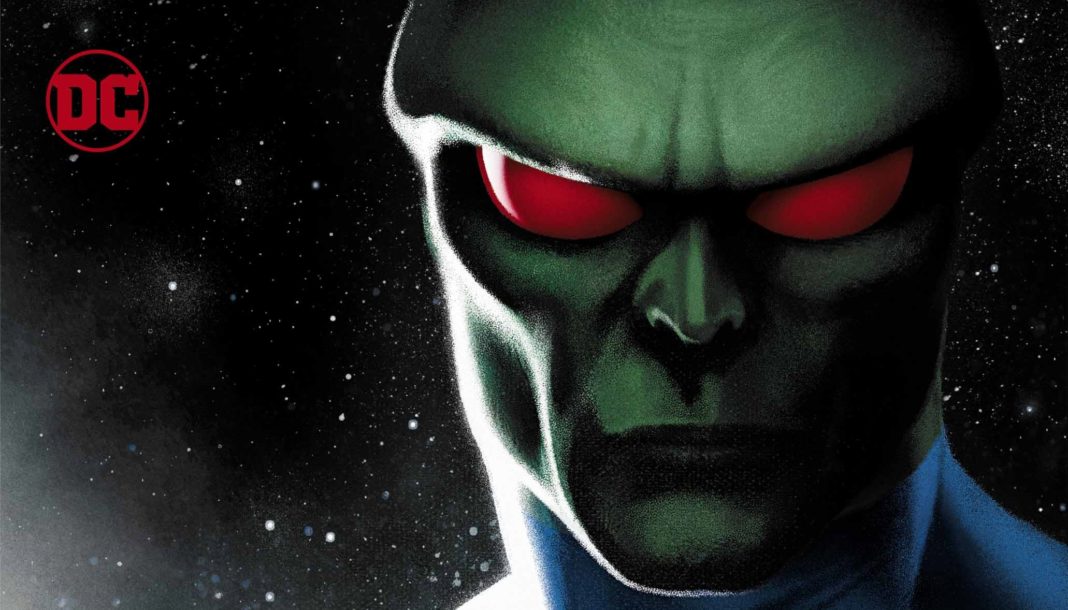
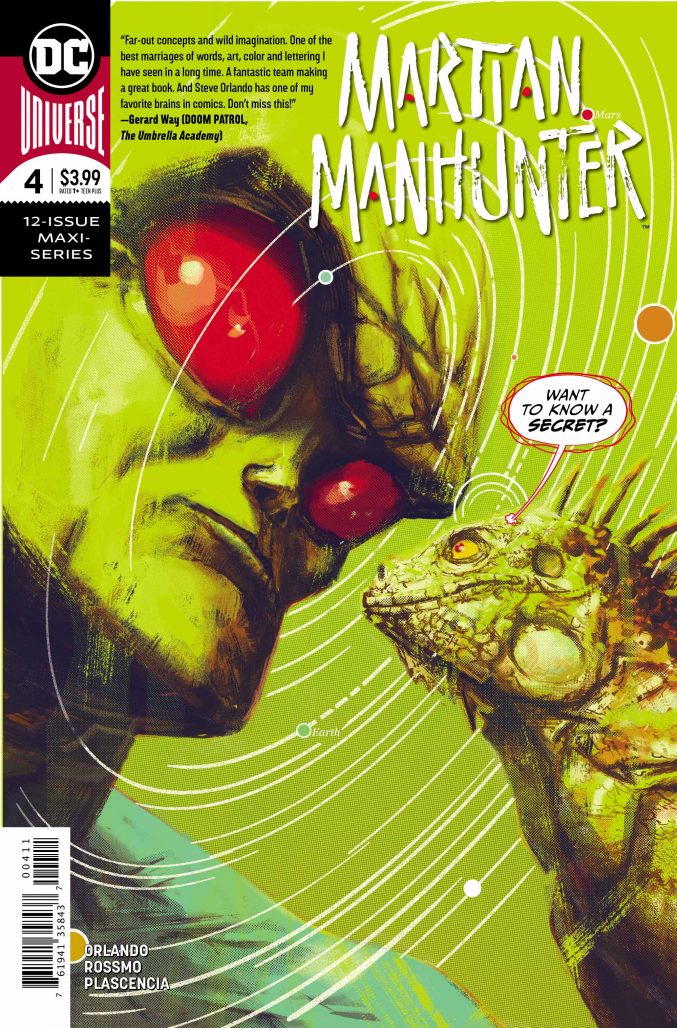 Martian Manhunter #4
Martian Manhunter #4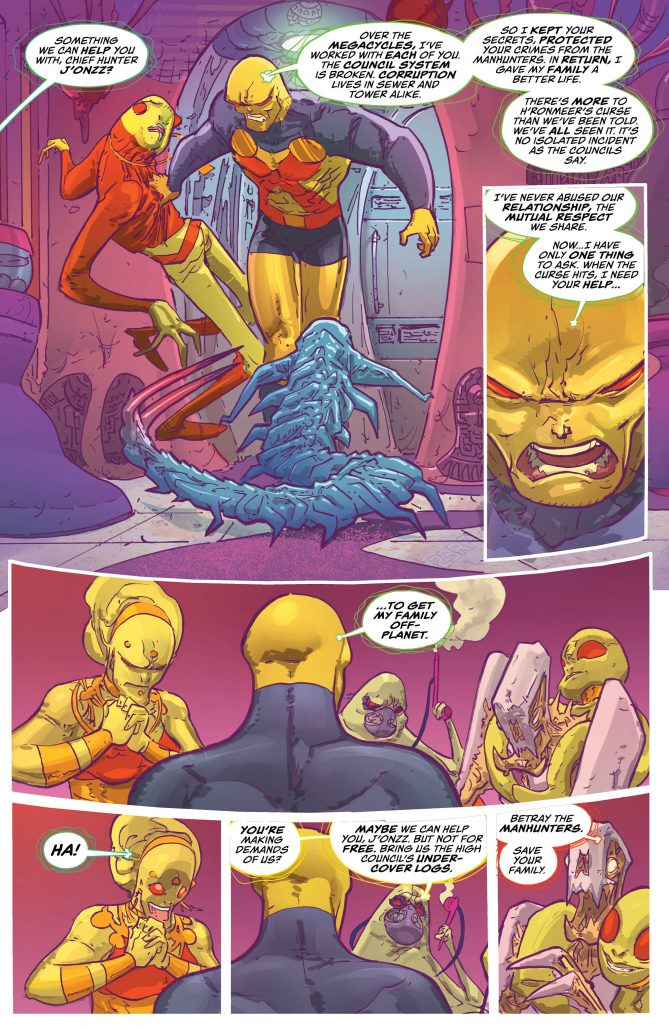
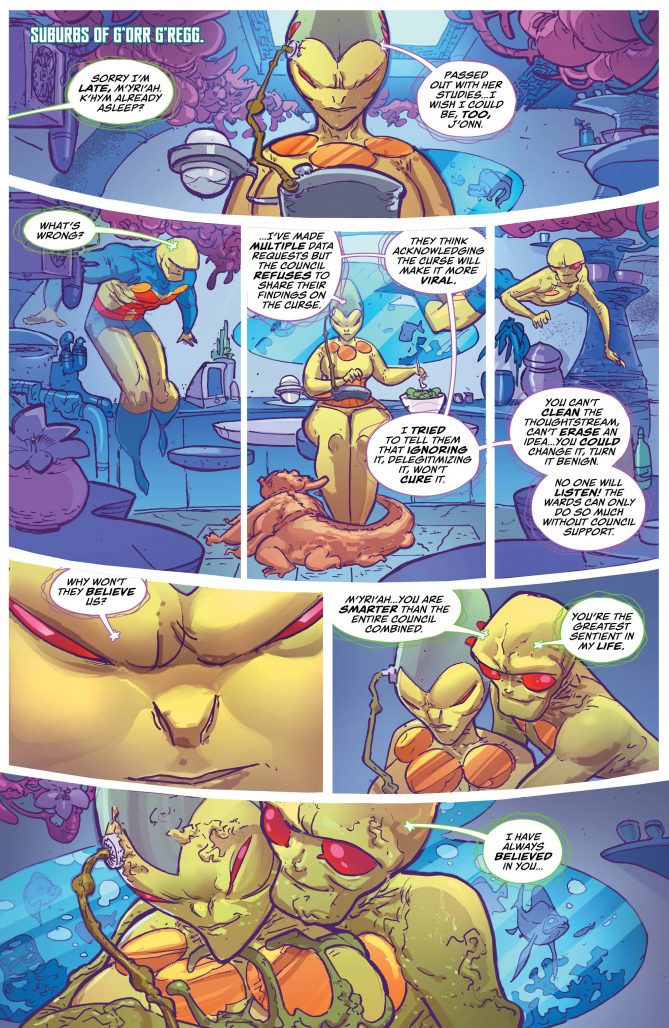
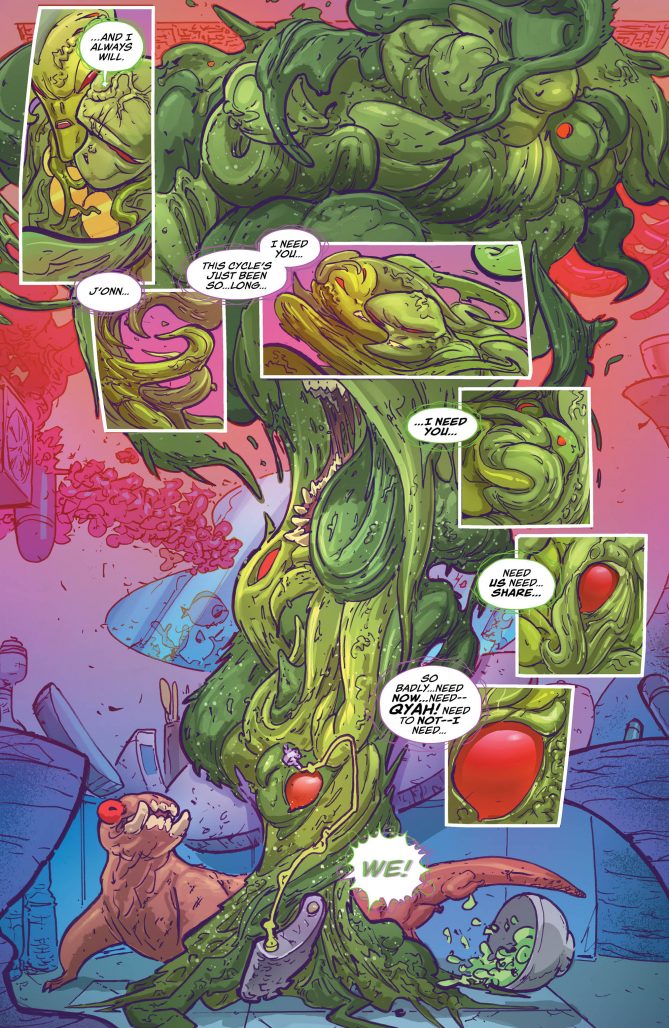
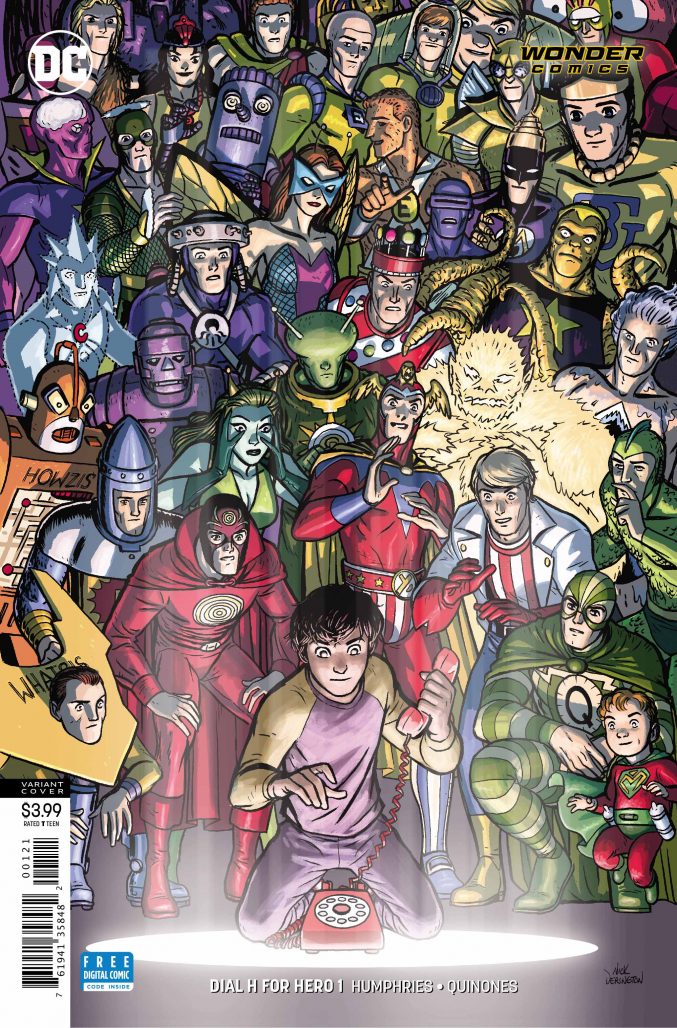 Dial H for Hero #1
Dial H for Hero #1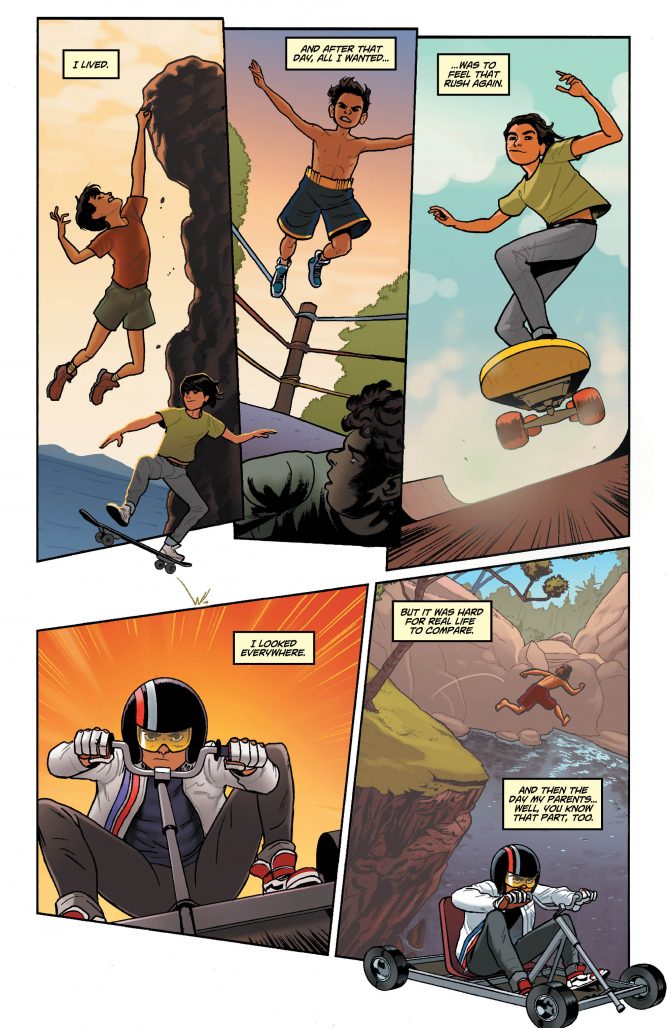
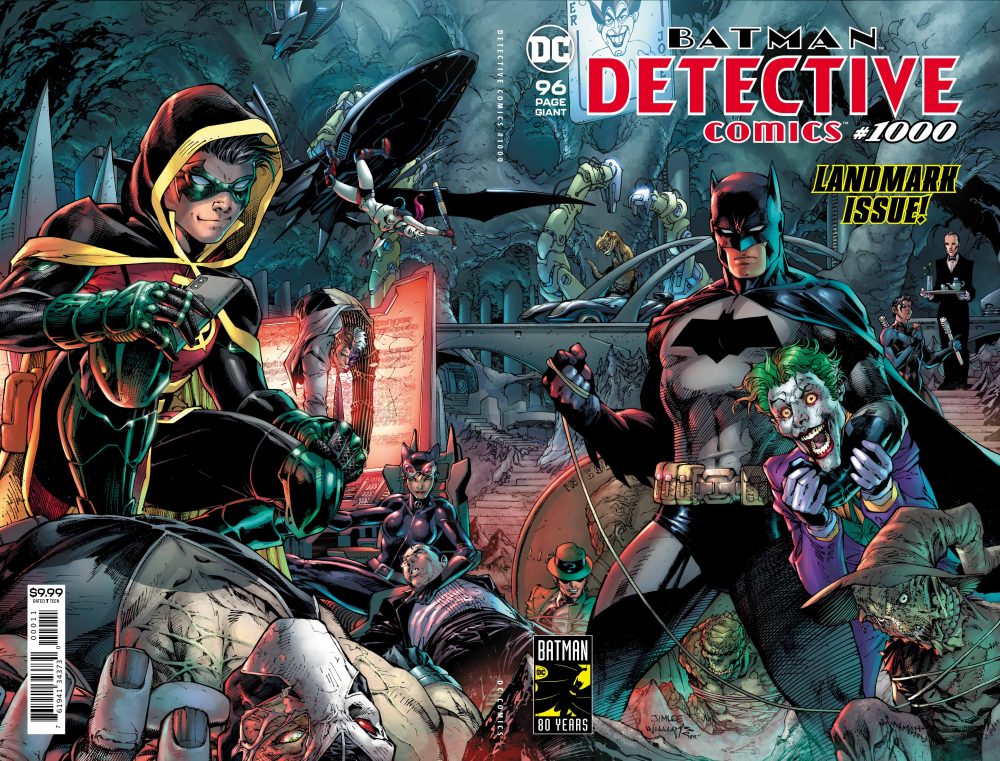 Round-Up
Round-Up


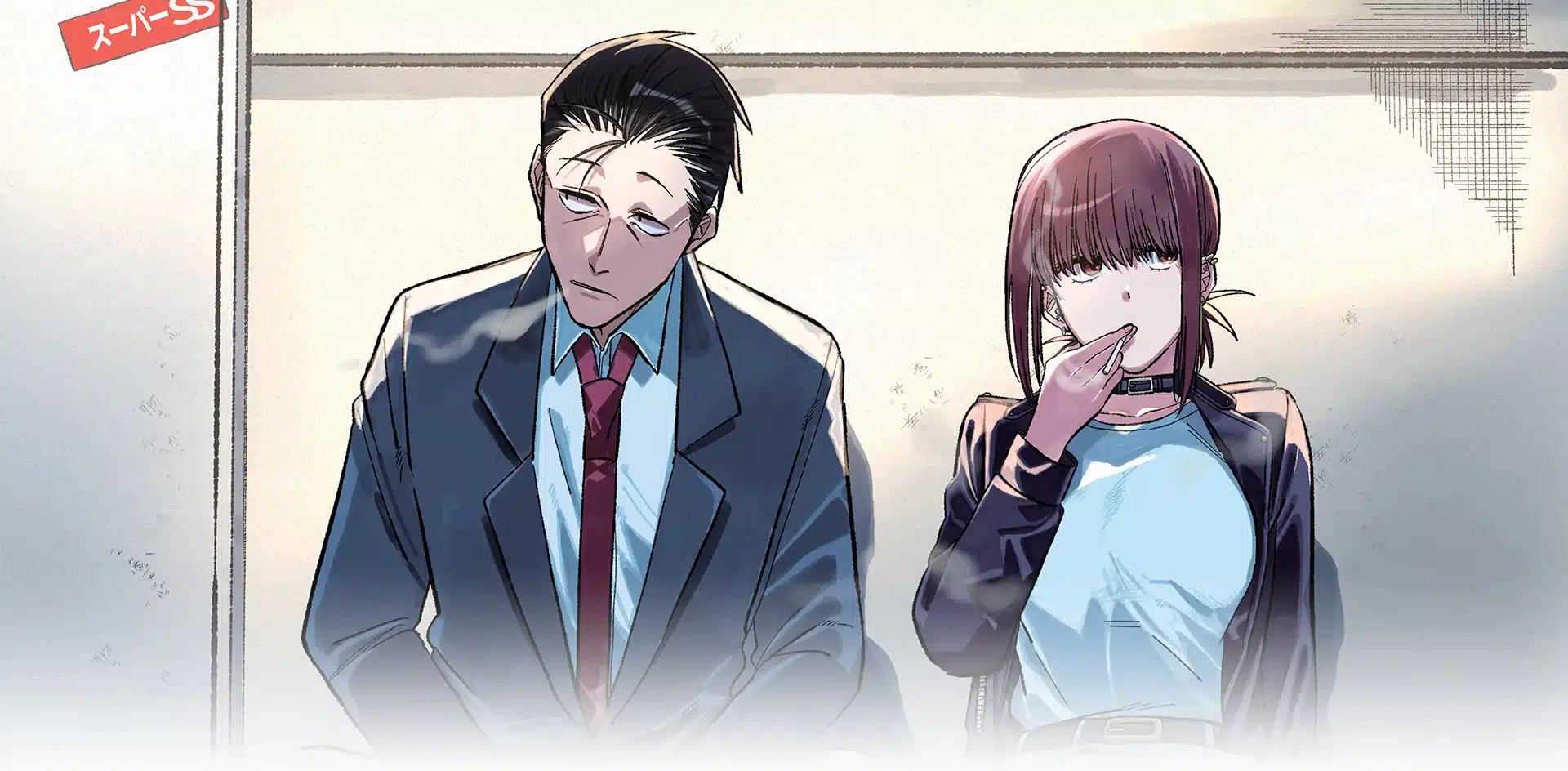

I found the first issue of Martian Manhunter so incoherent in its writing and hideous in its artwork that I literally threw it aside and haven’t even browsed the following issues. To each their own.
I bailed after issue two. I wanted to like it. I really did.
Comments are closed.